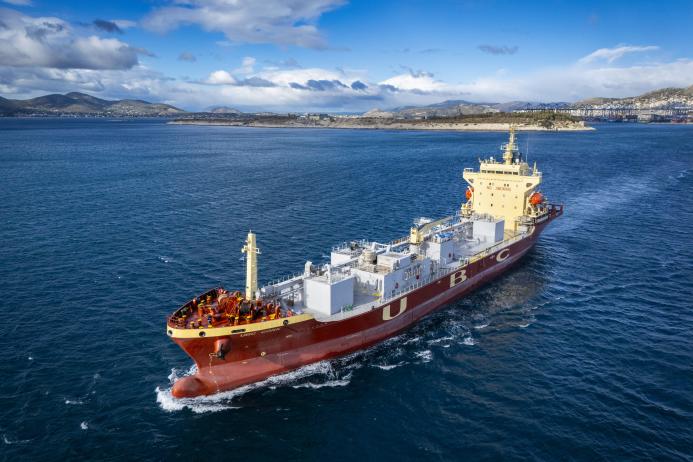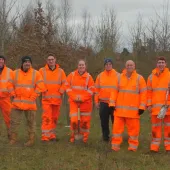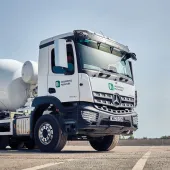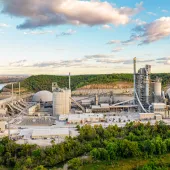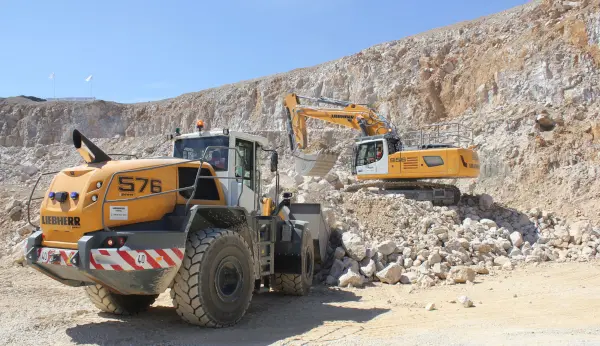Captured carbon on cement-carrying ship to serve as limestone input at pioneering Brevik cement plant
SEABOUND, a UK-based leader in marine carbon capture, have launched a first-of-its-kind onboard carbon capture project in partnership with Heidelberg Materials, Hartmann Group, and InterMaritime Group.
The sustainable solution equips the UBC Cork, a 5,700 gross tonnage (GT) cement-carrying ship owned by Hartmann and managed by InterMaritime, with Seabound’s compact carbon capture system. The captured carbon – bound in limestone and thus stored safely onboard – will be offloaded at the Port of Brevik, Norway, and used in Heidelberg Materials’ Brevik CCS, the world’s first industrial-scale carbon capture, and storage (CCS) facility in the cement industry.
Marine shipping accounts for nearly 3% of global CO2 emissions, making it one of the most carbon-intensive and difficult-to-decarbonize sectors. In April, the International Maritime Organization (IMO) introduced a global carbon price of up to US$380 per tonne of CO2, further adding pressure to shipowners.
With few scalable alternatives to heavy fuel oil and existing efficiency measures proving insufficient, shipowners and global brands are seeking viable solutions to cut maritime emissions and meet ambitious climate goals.
Seabound’s containerized carbon capture system uses calcium looping technology to capture up to 95% of CO2 and 98% of sulphur emissions from ship exhaust. The process utilises calcium hydroxide, derived from calcium oxide and commonly known as slaked lime, to absorb CO2 and convert it into limestone, which is stored onboard until the vessel returns to port.
The containerized system allows for easy installation with minimal vessel modification and is suitable for all vessel types. This design decouples carbon capture from post-processing, resulting in lower energy requirements, faster deployment, and reduced cost compared to traditional liquefied CO2 systems.
‘We’re proud to partner with industry leaders like Heidelberg Materials and Hartmann to deliver scalable carbon capture solutions,’ said Alisha Fredriksson, CEO and co-founder of Seabound. ‘We’re especially excited to be advancing this work in Brevik, a strategic location that’s rapidly establishing itself as a global hub for CCS with Heidelberg’s world-first facility and the Northern Lights pick-up point. Together, we’re demonstrating how onboard carbon capture can accelerate emissions reductions in carbon-intensive sectors.’
The carbon captured on UBC Cork will be offloaded as limestone at Heidelberg Materials’ Brevik plant, where it will serve as an input in the production of carbon-captured cement, which delivers net-zero concrete.
The Brevik CCS facility is already operational, capturing 400,000 tonnes of CO2 per year. Carbon dioxide transport and storage are provided by Northern Lights, the world’s first cross-border CO2 storage hub beneath the North Sea.As part of their net-zero strategy, Heidelberg Materials are committed to decarbonizing their maritime transport and supply chain, targeting a substantial reduction in CO2 emissions from 2020 levels.

